Acoustic Diffusors
Showing all 9 results
-
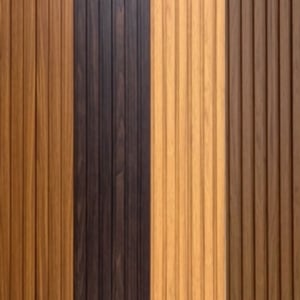
Ecohush Grove Luxury Fluted 3D Wooden Acoustic Panels
₹264.00 – ₹2,904.00 incl GST Select options -
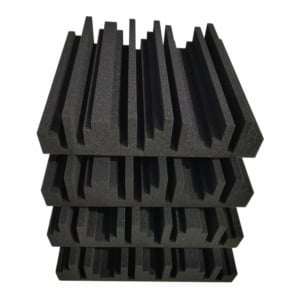
NanKarrow NeoFuse™ High Density Quadratic Absorber & Diffuser
₹180.00 incl GST Add to cart -
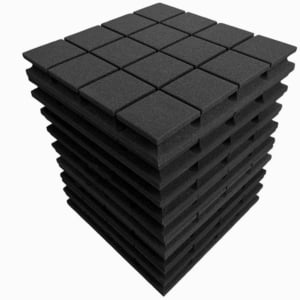
Nankarrow Neogrid™ 1ft x 1ft Premium Acoustic Foam Panel
₹180.00 incl GST Add to cart -
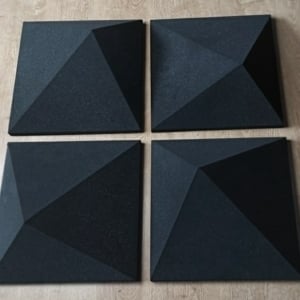
Nankarrow Trifuser Broadband Anechoic Absorber Panels Set of 4
₹4,840.00 incl GST Read more -
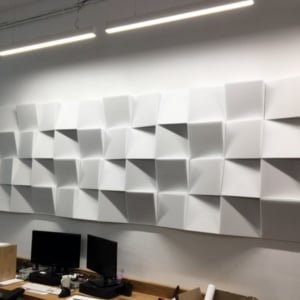
Nankarrow ProWave Melamine Wedge Acoustic Foam
₹1,320.00 – ₹5,280.00 incl GST Select options -
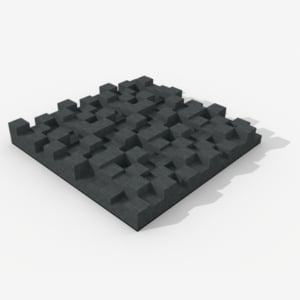
Ecohush DS1 Bi-directional Primitive Root Skyline Diffuser
₹3,960.00 – ₹4,620.00 incl GST Select options -
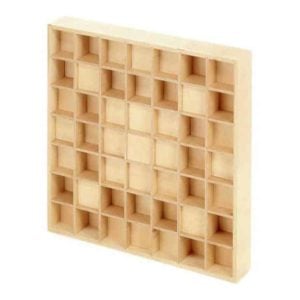
Nankarrow QuadraFuse QD1 Premium Spruce Wood Acoustic Diffuser
₹14,960.00 – ₹17,380.00 incl GST Select options -
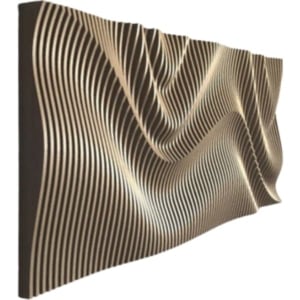
Nankarrow Krug™ MKII 3D Acoustic Diffuser Wall Panel
₹81,200.00 incl GST Add to cart -
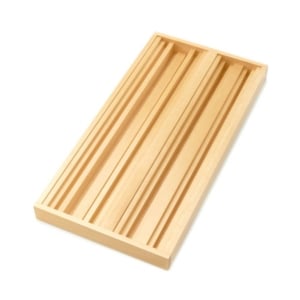
Nankarrow QRD QD2 Quadratic Acoustic Diffuser
₹33,264.00 incl GST Add to cart
Diffusion in acoustics is the efficiency by which sound energy is spread evenly in a given room. A perfectly diffusive room always sounds great in any part of the room. A non-diffusive room has considerably different reverberation time as the listener moved around the room. Small rooms generally have very poor diffusion characteristics at low frequencies due to room modes and acoustic diffusors are great at fixing this.
Acoustic Sound diffusers are designed to scatter or disperse sound waves, thereby reducing standing waves and echoes to improve sound clarity. Diffusers (or Diffusors) are typically used in critical listening environments like recording studios, control rooms, music production and live music rooms. Unlike sound absorbers that trap or eliminate the sound, acoustic diffusors maintain the “live” ambience, while at the same time reducing standing waves and slap echo. Diffusers may be manufactured from moulded plastic, wood, or even acoustic foam and may be wrapped or covered in various fabrics. Sound diffusers are often used in combination with other materials such as sound absorbers, bass traps, ceiling clouds or other provisions to achieve the desired results for the acoustical space.

Instead of absorbing sound energy, a diffuser breaks the soundwave and spreads it in different directions – like a garden hose nozzle spread water. Diffused sound basically does not interfere with the direct sound from the speakers – as long as there’s at least one meter between the diffuser and the listener. If your listening position is close to the back wall, then it’s better to put absorbers behind you.
The two ideal positions for mounting acoustic diffusors in a room are
- on the back wall at ear height
- in the ceiling in the middle of the room
Sound Diffusers reduce the intensity of sound by scattering it over an expanded area, rather than eliminating the sound reflections as an absorber would. Traditional spatial diffusers, such as the polycylindrical (barrel) shapes also double as low frequency traps. Temporal diffusers, such as binary arrays and quadratics, scatter sound in a manner similar to diffraction of light, where the timing of reflections from an uneven surface of varying depths causes interference which spreads the sound.
